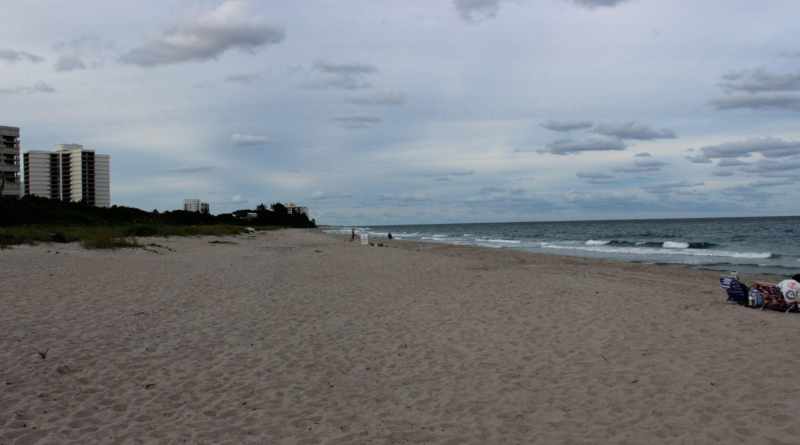Where Did You Come From, Where Did You
Go?
A Closer Look into Where the Seaweed on Our Shores Comes From
By Connor Markey, Co-Editor-in-Chief
While the Florida coast has been graced with seaweed-free beaches and clear water for a better part of the year, that was not always the case.
In 2022, beaches across the southeastern coast of America, the Caribbean and Mexico experienced one of the largest Sargassum blooms in recent memory. The onslaught was a byproduct of the Great Atlantic Sargassum Belt. But what exactly is this belt, and how is it capable of devastating so many beaches?
The Great Atlantic Sargassum Belt, which first appeared in 2012, is a relatively new phenomenon. However, the concept of macro-algae forming large rafts is not. The first instance of such a formation being recorded was by Christopher Columbus in 1492, who detailed what is now known to modern scientists as the Sargasso Sea, a portion of the Atlantic Ocean characterized by a lack of wind and an abundance of seaweed.
While the Sargasso Sea is kept from washing ashore by a pattern of currents that keep it at bay, the Great Atlantic Sargassum Belt’s proximity to land allows its presence to be more easily known.
“Now that we have this new Great Atlantic Sargassum Belt, it approximately doubled the amount of Sargassum in the North Atlantic,” said Dr. Brian Lapointe, principal investigator of ecology and water quality at Florida Atlantic University. “It’s at least doubled, maybe even more than that. For example, the record amount we estimated with satellites was 22 million tons in 2022.”
Lapointe attributed the clarity of the beaches this year to strong westerly winds and a heat dome keeping the Sargassum at bay this year.
“We kind of dodged a bullet,” Lapointe said. “Historically, in the Sargasso Sea, it was estimated seven to 10 million tons, so we’ve more than doubled the amount of sargassum.”
Despite last year’s massive bloom, the Great Atlantic Sargassum Belt has reportedly stabilized, with more recent measurements estimating the blob to weigh around six million tons in 2023.






